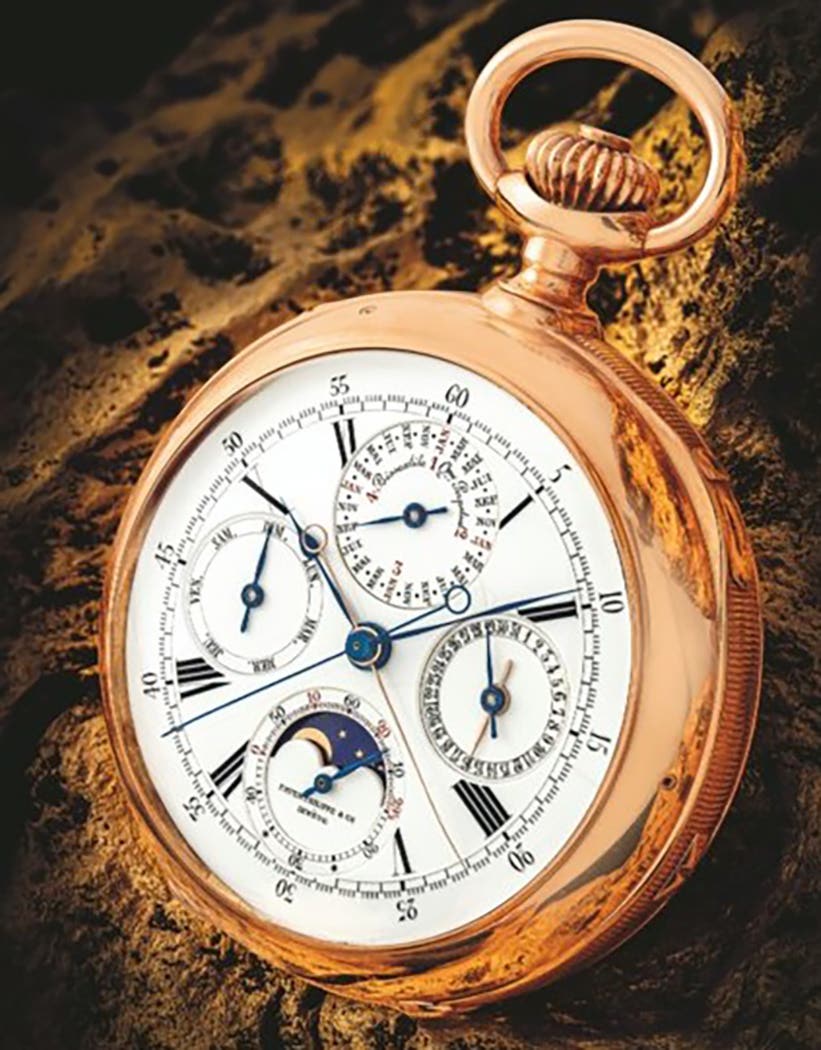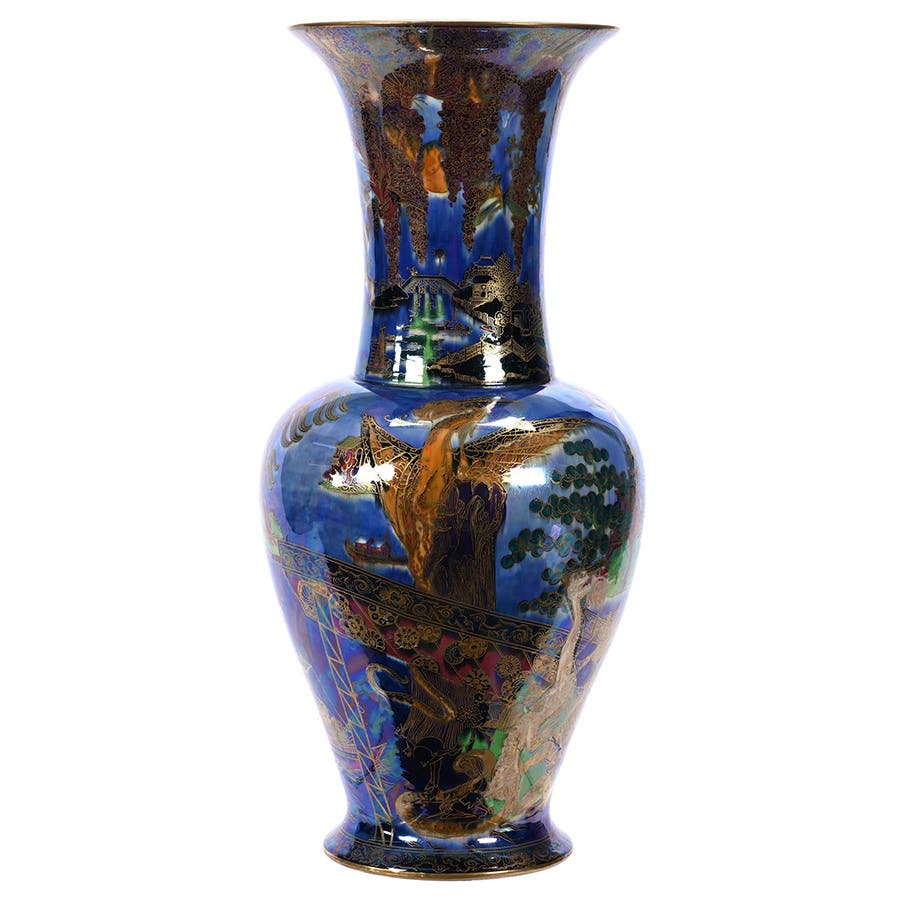As An Enslaved Artist, Dave the Potter Shaped History With His Craft
David Drake, known simply as ‘Dave the Potter,’ crafted impressive vessels and dared to sign them, proving man’s shackles could not restrain his creative spirit and pride. Today his work has sold for as much at $1.5 million.
Day after day, enslaved potter David Drake (ca. 1801-1874), known simply as “Dave the Potter,” could be seen bent over his potter’s wheel fashioning and forming an astounding number of stoneware jars, jugs and containers. He crafted hundreds if not thousands of vessels running the gamut of sizes from as small as one court to as large as 40 gallons. Born in the antebellum South, he was owned early on by multiple slaveholders, taking the surname of his first owner, Drake, upon becoming a free man.
Drake learned the pottery trade at an early age. As a strong young man, it was not a struggle for him to wrangle more than 50 or 60 pounds of wet clay on and off the wheel. He was one of roughly 75 enslaved Black men and women who worked as a potter, or “turner,” in one of the potteries active in the area surrounding Edgefield, S.C.
The region was blessed with abundant deposits of clay of superior quality. In the early 1800s, several potteries sprang up. The first one was built between 1810 and 1820 by Abner Landrum. Landrum’s pottery was the nucleus around which the town of Pottersville was created. All of these potteries were family-run enterprises, which engaged both paid and enslaved workers. The potteries turned out functional products in huge quantities.
Drake worked in the Edgefield area for four decades, creating a myriad of containers used in storing and preserving foodstuffs. The market for food storage urns seemed endless. They were in constant demand—essential to meet the needs of the large plantations in the South as well as customers from neighboring communities and states. Dave has been linked to at least five of these pottery sites—all but one have been excavated.
The district in which Drake lived and toiled was a breeding ground of secessionist sentiment. But the pages of the local newspaper, The Edgefield Hive, spelled out the liberal opinions and pro-union outlook of its editor, Dr. Abner Landrum. Drake also worked as a typesetter for Landrum, and perhaps because of Landrum’s liberal beliefs, he saw to it that Drake learned to read and write. Drake’s literacy added a dimension to his finished pots that did not exist in others. Aside from his skill at the wheel, he added words and phrases that seemed to add dignity, energy and a creative resistance to his completed pots.
This was significant because in 1834, South Carolina took strict action against literacy of Blacks: the state passed a law forbidding anyone from teaching both the enslaved and free people of color how to read and write. So harsh were the measures that the enslaved who were caught reading or writing were severely punished by amputating fingers and toes. Drake is the only Black potter in antebellum Edgefield known to have signed his own work. His flouting of the law could be viewed as an act of resistance, scholars believe.
Drake’s skill as a master of rhymes became evident as he inscribed several of his pieces with stimulating distiches. On some of his pots, Drake added only his name, but this was done with flair. Drake’s literacy separated him from other potters in the region as his vessels allowed him to articulate his sentiments on a myriad of themes: daily life, religion, friendship, or simply silly verse such as the following found on one of his pots, dated March 27, 1836, that declares “Horses, mules, and hogs! our cows are in the bogs / there they shall ever stay! till the buzzards take them away.”
Another verse on a jar from 1857 in the collection of the Greenville County Museum of Art seems to speak to the poignant separation of families that occurred regularly within the system of slavery: “I wonder where is all my relation / Friendship to all—and every nation”
Over time, however, the verses decreased, or were omitted altogether. Drake continued to sign and date his pieces, but some of the flair of his work was diminished. Could Landrum have soured on Drake’s verses he applied to his pots? Had he regretted Drake’s literacy? Had Drake suddenly questioned his status as a slave? Possibly Landrum felt Drake was a danger to the status quo, or that Drake gone too far with some of his couplets. We’ll never know.
In the late 1850s, Lewis Miles purchased Drake from Landrum and that’s when Drake’s inscriptions returned to their larger and bolder application.
Drake fashioned the native stoneware clay into durable alkaline-glazed functional containers. Each was suffused in olive green and reddish-brown hues. By his middle age, he had developed the skill to fabricate massive crucibles; some almost 30 inches tall and large enough to store 25 gallons or more. Drake’s method was to piece the vessels together—first turning the base on the wheel and then attaching the body in sections joined by coils.
Dave the Potter was legally freed via the Emancipation Proclamation of Jan. 1, 1863, which freed all those enslaved in Confederate states during the Civil War. Surely, during the years Drake was producing his enormous pots he was respected locally for his skill. But if not for his inscriptions, his jars were just a few of the tens of thousands fashioned by slaves in the Edgefield District. The containers he created sold for 10 cents a gallon during his lifetime, with a 20-gallon pot bringing only $2. Today, they are prized possessions.
In recent years, interest in pots by Drake is at an all-time high. A 25-gallon, double-handled stoneware poem jar dated April 12, 1858, sold for $1,560,000 at auction in 2021. Other pieces have sold for hundreds of thousands of dollars.
Buyers included the Fine Arts Museums of San Francisco, the Saint Louis Art Museum, the Art Institute of Chicago and the Metropolitan Museum of Art, as well as the more historically oriented International African American Museum, in Charleston, S.C. At a time when museum leaders are highly motivated to rethink the racial biases built into their collections, acquiring and showcasing the extraordinary work of Drake offers a dramatic way to do so, while also offering a window into history.
Born into slavery, Dave the Potter’s creative genius and master craftsmanship could not be shackled by society, speaking to the indomitable spirit of the man and his art.
Sources:
“Dave on Display,” The Edgefield Advertiser, December 16, 2016.
“Dave the Potter,” www.exploreedgefield.com
De Groft, Aaron, “Eloquent Vessels/Politics of Power: The Heroic Stoneware of Dave the Potter,” Winterthur Portfolio, Vol. 33, No. 4 (Winter, 1998) pp.249-260.
Kahn, Eve M., “Slave Potter’s Presence Emerges in Fragments,” The New York Times, August 30, 2012.
Koverman, Jill Beute, “The Ceramic Works of David Drake, aka, Dave the Potter or Dave the Slave of Edgefield, South Carolina,” American Ceramic Circle Journal, Volume 13, 2005, pages 83-98.
Leonard, Todd, “Carolina Clay: The Life and Legend of the Slave Potter, Dave," 2015.








